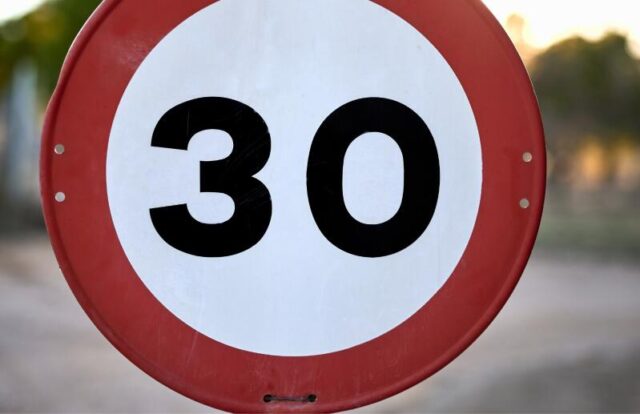The non-profit organisation ChildSafe South Africa has called on speed restrictions of 30km/h around schools after a report revealed that 10.2% of fatalities due to motor vehicle-related crashes in 2022 were children.
THE NON-profit organisation (NPO) ChildSafe South Africa has called on speed restrictions of 30km/h around schools after a report revealed that 10.2% of fatalities due to motor vehicle-related crashes in 2022 were children.
ChildSafe, an injury prevention unit based at the Red Cross War Memorial Children’s Hospital in Cape Town, is an NPO that aims to reduce and prevent injuries to children through research, education and recommendations to legislation.
The report, which was released by the Road Traffic Management Corporation, stated that 12,436 South Africans died in these crashes, and 10.2% of the fatalities were listed as children up to 14 years old.
ChildSafe said various factors contribute to the increased risk, such as inadequate road infrastructure, a lack of supervision and having no alternative but to walk as a means of transport. “It is therefore imperative that we have interventions that make walking safer to reduce the vulnerability of pedestrians,” the NPO said.
It said partnerships and global awareness events are one such intervention, and its Walking Safely to School project partners will join learners from participating schools to observe International Walk to School Day on Friday, October 20.
The Walking Safely to School project is currently being implemented in the Western Cape through ChildSafe in partnership with Unicef. Other key project partners include the Western Cape provincial government through its Departments of Education and Mobility, the City of Cape Town, and the Centre for Transport Studies (University of Cape Town).
On Friday, more than 100 learners from six of the 14 participating schools will be supported by their teachers, parents and members of their local community as they observe International Walk to School Day.
The walk is said to raise awareness during October to highlight the pertinent safety concerns and challenges they face daily.
International Walk to School Day is an annual global event that promotes walking for many reasons, including physical activity, teaching safe walking skills to children, raising awareness of how walkable a community is and where safety improvements can be made, reducing traffic congestion, pollution and speed near schools, and sharing time with community leaders, parents, and children.
“We also endeavour to instil good citizenship and leadership skills in these learners with a project that teaches learners to take ownership of their own safety in a constructive, meaningful, and solution-oriented manner,” said Childsafe spokesperson, executive director Zaitoon Rabaney.
She said International Walk to School Day is an annual global event that promotes walking for many reasons, including physical activity, teaching safe walking skills to children, raising awareness of how walkable a community is and where safety improvements can be made, reducing traffic congestion, pollution, and speed near schools, and sharing time with community leaders, parents, and children.
“The project is a replication of an earlier FIA Foundation-funded project that was implemented at six schools in Khayelitsha, Cape Town.
In addition to taking part in global awareness events, the project also encompasses road infrastructure modifications and default 30 km/h speed limits in school zones to protect learners on the route to and from school, combined with road safety training, education, and awareness for children, teachers, and the broader community at the project site.
“High speed is one of the main factors leading to the loss of lives and serious injuries.”
Children living in low-income settings, informal settlements, and inadequate housing communities in high-speed areas, as well as children with disabilities, are particularly vulnerable.
“Transforming environments to enable children’s safe mobility promotes their physical activity, active travel, independence, and development,” Unicef South Africa’s Adolescent Development Specialist, Nokuthula Prusent, said.








